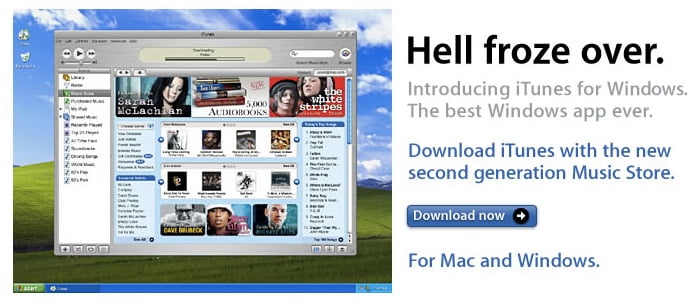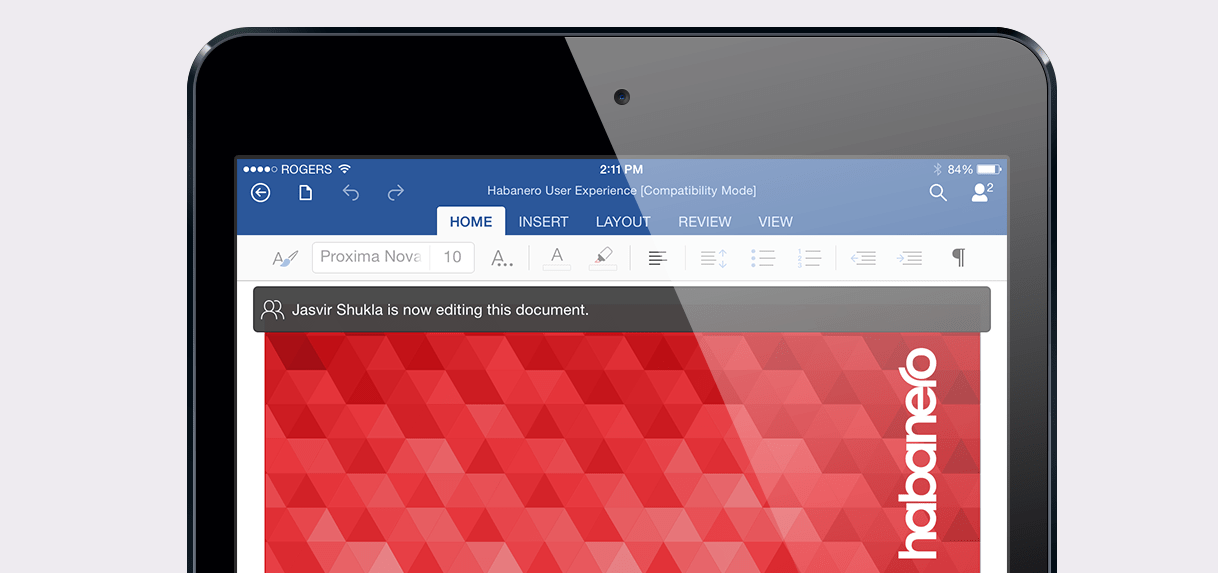On March 27th, Microsoft released Microsoft Word, Excel, and PowerPoint for the iPad. Although the release was expected, it still felt a bit surprising considering its release preceded a touch-first version of Office for Windows.
As I was watching the Microsoft keynote I immediately thought back to 2003 when Apple released iTunes for Windows. At the time, the idea of Apple releasing software for Windows was so extraordinary that the announcement began with the phrase “hell froze over.” Although a break from the past, the decision made a lot of sense — the vast majority of computers at the time were running Windows. If Apple wanted to sell iPods it had stop protecting its Mac franchise and support an operating system most people were using.

Fast-forward 11 years, and watching the Office for the iPad keynote made me wonder if this was Microsoft’s “hell froze over” moment, albeit on a larger scale. Almost four years after Apple introduced the iPad, Microsoft finally released Microsoft Office for the device.
So why did it take so long?
My guess is Microsoft considered Office an asset that would help sell touch-based Windows devices. Frank Shaw, Microsoft’s Corporate Vice President of Communications, pointed out in a post entitled “Apples and Oranges” that the Microsoft Surface includes Office, unlike the iPad. The problem? The strategy didn’t work. The Surface didn’t put a dent in sales of iPads and ultimately, this line of thinking made Office weaker.
Creating a better employee portal experience
You might be wondering why we as a company care? Because having Office available for the iPad ultimately helps our employee portals, intranets, and document management systems become more useful and usable.
If you’ve spent any time in a coffee shop or airport over the last couple of years, you know how popular the iPad has become. What has surprised me personally isn't the casual usage, but rather the usage inside businesses. In the majority of client meetings I attend, the number of iPads in use is pretty staggering. What’s even more impressive is that generally these are companies have made Microsoft technology their internal standard.
Due to this popularity, our employee portals have supported the iPad for a number of years. More recently, we have taken mobile and touch support further by developing a responsive layer for SharePoint 2013 and SharePoint Online (part of Office 365). This ensures the employee portal experiences we create work flawlessly on mobile phones, tablets devices like the iPad, and traditional desktop computers.
This responsive layer has been great for web-based content, forms, workflows, and enterprise applications built into an employee portal, but as you are likely aware companies still produce a ton of documents. An organization’s team sites are often full of documents, spreadsheets, and presentations. Up until last week, the process of interacting with these documents on the iPad was pretty miserable.

The new Office apps provide proper formatting, collaborative editing, and reviewing features such as approving changes and commenting. Previously, when you viewed these documents on your iPad, you often got wonky formatting and a pretty lame experience.
I'm pumped about this release. It is by no means perfect, there are a few pesky bugs, and some of the collaborative editing features are a little weak. That said, for a 1.0 product it’s pretty damn good. More importantly if you are using SharePoint for your employee portal and have a lot of information in Microsoft Office documents, the experience of viewing, reviewing, and editing documents is miles better than it was a month ago — which makes the experience of using our portals even better!






